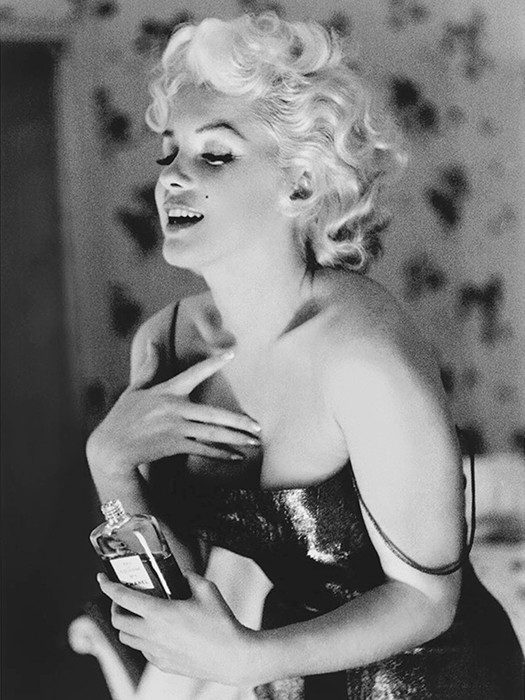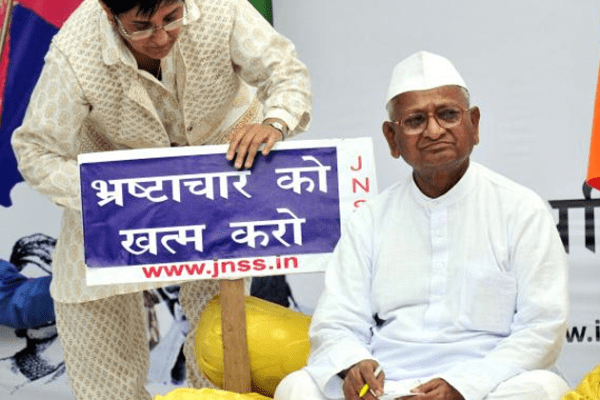What follows are a series of thoughts that come to my mind when I think through the word ‘fashion’ at this point in time. These are thoughts that are not connected with each other. These are thoughts that coexist in an uneasy harmony of contradictions. Elitism, exclusion, disruption, art, personality projection, class… ideas fly thick and fast, ideas spawned by the word ‘fashion’. Fashion. Inchoate.
I
The boy with bushy hair had made a conical hat using kite paper, with ribbons hanging from all sides. He wore a tomato red tee and striped pajamas. Check. The girl in white shirt and denim shorts and rainbow colours painted on her legs and face. Check. The hijda in lehenga-choli with mirror works. Check. The transwoman in a black number and cleavage gleaming with gold paint. Check…. As more colour and glitter descended on the rainbow pride march in Kolkata (could be any other metro too), the photographers were like kids in a toy store. Who to click? Who made the best pout? Who broke into a jig? None of the ‘freak shows’ could be missed. As part observer, part reporter and part participant in the pride parade, I wondered what should I have felt! Was it gratifying that so much media attention was being showered on non-normative sexuality? Was it equally unnerving to see the way cameramen were pouncing on potential subject-objects? Each year, year after year, newspapers are splashed with the same kind of images from the march… feathers, colourful masks, shine, tinsel… Does such coverage actually generate any awareness? Were the participants drawing attention away from the politics of the cause with their garish costumes? On the other hand, who decides what is appropriate and what isn’t? A transgender forced to live a society imposed life everyday might just look forward to this one day when s/he can be her true self and feel solidarity with many others like her. Or a kothi, who negotiates the dark, dank spaces of public loos, parks, lanes, the abusive police officers, the risks of foreign viruses every night to sneak in a living or fulfill bodily needs and looks forward to this one day when in broad daylight in a public space, he can dance and kiss and display himself in all his finery and nobody dare raise a finger… who are we then to judge or discipline his fashion sense? Aren’t his clothes then political too? A point of rupture? Is a pride march about assimilating into the mainstream (and hence the question about toning down on one’s sense of fashion to fit in) or about dismantling oppressive structures (by creating more dissonance, say through fashion as one tool, to expose the hegemony of gender roles)?
Yet, it isn’t possible to resolve the issue so easily. For when the media chooses to depict only certain aspects of a march year after year and thereby chooses to ignore other narratives, it can be assumed that the consumer/reader knows exactly what to expect from the pride coverage. So, will that news feature strike the status quo anymore or will it remain just another news item? If the whole schema is that predictable, then where is the note of disruption, the note of dissent against all the violence, the biases against the marginalized? So isn’t there a lurking danger of the leather boots and golden bras getting co-opted in the neoliberal maze of media-state? How can then fashion be used to mark resistance?
As I stood there watching, listening, soaking in, my dear friend A arrived. I have had a long affair with A’s deeply expressive eyes. That day with kohl around her eyes, she looked all the more stunning. Suddenly I had a brainwave. I asked her to take out her kajal stick and put it on my eyes. What my nondescript tee and cargo predictably couldn’t and even the double piercing on my left ear lobe couldn’t, the kohl did. A girl applying kohl on a boy. A queer moment made to order! And all the cameras were immediately around us. Is it this easy to draw attention? But then, such queerness is problematic because I am economically, educationally empowered to live such moments everyday and if I can live such moments every day, what am I disrupting through this one ‘queer moment’? To resist, does one need to perform?
Will ma, mati, manush disown their supreme saviour if she continues to wear cotton saris, but coloured ones? How much of a politician’s sense of fashion is a choice and how much an imperative to construct and maintain an image?
II
A lot of furore was raised when the late Chief Minister of West Bengal, Jyoti Basu was refused entry to the Calcutta Swimming Club because he was in his dhoti and as per club protocol, this piece of cloth was deemed informal. Questions of colonial hangover, imperialism, diverse cultures and what constitutes ‘formal’ were raised. Rightly so. Because why should one brook such tyranny, such an interference with one’s sartorial sense? I will not even get into that much treaded zone. However, it goes without saying that all the noise was because a leader of Mr. Basu’s stature was disallowed entry and not any commoner. What cheek! On a different note, I am tempted to ask what if Mr. Basu had made an exception and followed club rules to enjoy his drink. Would this break in his style statement sit adversely with his image as a public figure? Will ma, mati, manush disown their supreme saviour if she continues to wear cotton saris, but coloured ones? How much of a politician’s sense of fashion is a choice and how much an imperative to construct and maintain an image? Or does it begin as choice and then becomes a compulsion?
These colonial remains have relented quite a bit with time and one does get to see people in ethnic wear in clubs. Yet, a sentence, ‘Club Rules apply’ is ubiquitous on the web pages of most night clubs and that implies that you will be barred entry if you are not in formal shoes. Is that a use of fashion and styling to create a class privilege? Or, an impression of exclusivity? A few years back, I was at a city pub covering an American comedian’s gig. I was a green horn on the pub circuit. In my crocks. As I tried entering, the pub PR firmly told me about my disqualification. I flashed my press card to no avail. Then I called the performer’s manager and he spoke to the PR and I royally walked into the pub. But that was only show for I couldn’t help looking at the feet of people present and felt acutely aware of my ‘difference’, of being the constitutive other. While I keep ranting about such elitist and mindless policies, I do admit that I never tried entering a pub without formal shoes again. And I have been to many pubs, many times!
To continue with that stream of thought, why is ‘dressing for the occasion’ so important? At a literature meet, why am I taken more seriously if I don my cotton shirt and trousers? Why are female teachers hauled up if they wear kurtis to school or apply lipstick? Is there any scientific evidence to show that the mole on my left cheek and not my see through shirt that sends hormones raging? Do I become gay in my yellow shorts and straight in my grey pants? Why do we have prototypes of activists, publishers and socialists sporting oxidized silver earings and junk neck pieces? Is fashion then a unifying force for people with the same politics? Or an entry point into the social circles of people from similar or same schools of thought? Why is a person’s sense of fashion a giveaway about her political affiliation? Where do we land then, if we start unlocking these structures of controls, norms and systems? Does it lead to anarchy and then anarchy too becomes fashion? What fashion would anarchy pose?
III
But fashion leaps out not only from clothes and accessories.
Journalist Georges Belmont interviewed Marilyn Monroe for the French magazine Marie Claire on the sets of Lets Make Love by George Cukor in April 1960. In this long chat, while answering many questions, Marilyn also reflects on some answers she had given during other interviews. And these ruminations included her reflections on the Chanel perfume N°5. She says, “They ask you questions like ‘What do you wear to bed? A pajama top? The bottoms of the pajama? A nightgown?’ So I said Chanel N°5 because it’s the truth. And yet I don’t want to say nude, you know! Because it’s the truth.”
The evergreen Marilyn Monroe and her aura and a few drops from a glass bottle, rectangular and matter-of-fact. Not ornate. But fashion. Attitude. High art. And a statement.


